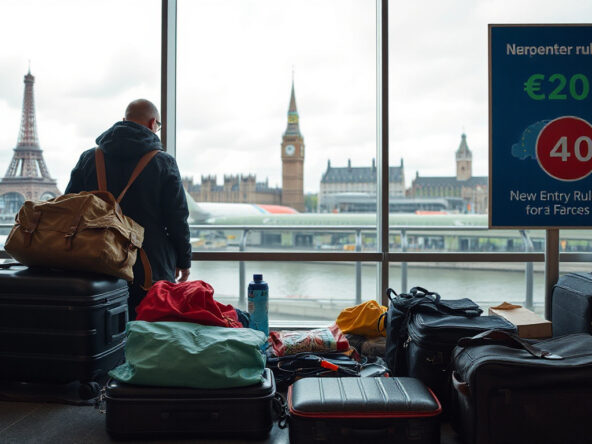Most Expensive Cities for Taxi Rides and Tipping Customs Worldwide
When one travels abroad, taxis serve as immediate links in urban networks and impose fare charges and tip customs that differ drastically among city systems, creating conditions in which travelers and property holders must revise their fiscal protocols and cultural conduct. The taxi service, acting as a conduit between commuter and city, demands precise financial alignment with specific local practices.
Cost of Taxi Rides in Popular Cities
Studies measuring a standard five-mile journey indicate that fare amounts display marked disparities among major urban locales; Paris registers mean fares near £29.12, a figure nearly fourteen times greater than fares found in cost-efficient cities like Delhi, with London and Milan following at approximately £27.96 and £24.57 respectively for comparable trips. This elevated monetary requirement, connecting the cost of transit with urban property values, influences decisions by those who own or manage multi-occupancy dwellings, where accessibility and transit expenses become factors affecting tenant retention and overall asset desirability.
Tipping Expectations Differ by Country
Tipping practices further complicate the overall monetary scheme by imposing region-specific financial adjustments; in approximately 86% of prominent tourist destinations, the norm insists on tip contributions that, in the United States, average 17.5% while in South Africa approximate 15% and in the United Kingdom settle near 10%. In many Asian regions, the absence or social disfavor of tipping requires visitors to reconfigure their customary monetary procedures, prompting a need for prior investigation of local etiquette. Cash retained for tip purposes maintains an immediate relationship with service exchanges, even though fare payments often process via card transactions.
Implications for Property Investors in HMOs
Investors holding multi-occupancy properties must integrate the connection between regional taxi fare scales and established tip practices into their strategic planning; advising tenants on local transit costs, prescribed tip percentages, and available mobility alternatives forms part of a broader strategy to maintain competitive property profiles. Elevated taxi fares in certain cities may direct tenants toward areas with superior public transit or enhanced walkability, factors that, in turn, affect occupancy rates, asset valuation, and long-term risk assessments.
Summary
Taxi fares vary substantially among cities, with centers like Paris and London imposing significantly higher transit charges. Concurrently, diverse tipping customs add layers to overall travel expenses by prescribing varied tip ratios that differ markedly across regions. For property investors managing multi-occupancy housing, an accurate grasp of these transport fee structures and local tipping protocols is essential for formulating responsive tenant engagement strategies while accommodating the fiscal realities of the urban terrain.



